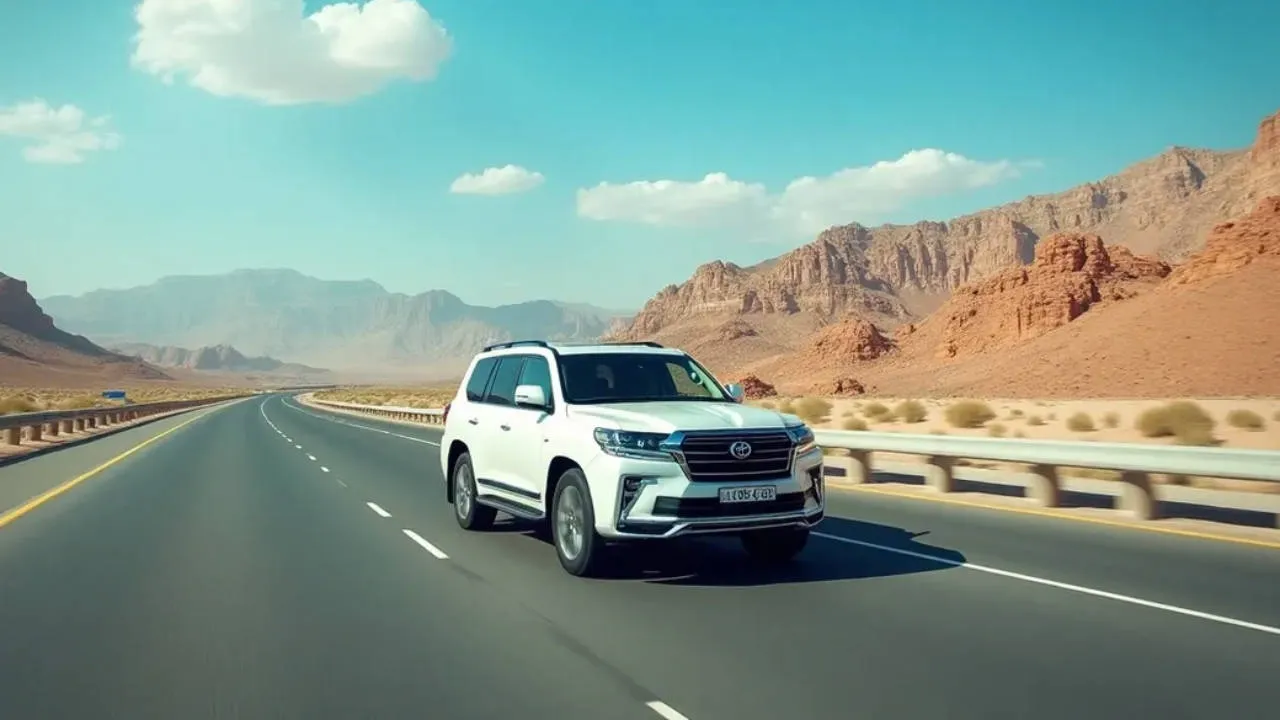Exterior Car Dimensions: Wheelbase & More Explained: Automotive Guide

Understanding the exterior car dimensions is crucial for drivers and enthusiasts alike. Also, it’s about deciphering a language that speaks volumes about a vehicle’s capability, handling, and even parking prowess.
From the basics to the advanced, and even specific measurements for pickup trucks and off-road capabilities, each dimension plays a role in defining a vehicle’s character and performance. In this guide, we will list out and explain various exterior car dimensions.
Basic Exterior Car Dimensions

Length:
The overall length of a car is measured from the front bumper to the rear.
Width:
The lateral span of a car encompasses both sides including mirrors.
Height:
Measured from the ground to the highest point (excluding antennas), it influences headroom and overall stability.
Wheelbase:
The distance between the front and rear axles impacts interior space, ride quality, and handling. A longer wheelbase often translates to a roomier cabin.
Ground Clearance:
The distance between the underside of the car and the ground. This is crucial for off-road adventures and navigating bumpy roads without scraping.
Wheel Size:
The diameter of the wheel, including the rim and tyre, affects handling, performance, and aesthetics. Larger wheels offer better grip but can compromise fuel efficiency. Here is a detailed guide on wheels to know more.
Tyre Size:
Measured in width, aspect ratio, and diameter, it influences grip, handling, and comfort. Wider tyres offer better traction, while a taller aspect ratio provides a smoother ride. Check this guide on car tyres to know more.
Weight:
The total mass of the car is a critical factor for fuel efficiency and overall handling.
Those were the basic set of exterior car dimensions that remain common to all vehicles regardless of the segment.
Advanced Exterior Car Dimensions

However, depending on the segment, some require more car dimensions to define their capabilities. Here are a few more exterior dimensions of a car.
Front Overhang:
The distance between the front axle and the bumper. It influences approach angle and off-road capability. In fact, a shorter overhang improves manoeuvrability in tight spaces.
Rear Overhang:
The distance between the rear axle and the bumper. It affects departure angle and cargo space. A longer overhang can provide more luggage space.
Track Width:
The distance between the left and right tyres. It impacts stability and cornering grip. In fact, a wider track typically translates to better handling.
Kerb Weight:
The weight of the car without cargo, passengers, or fuel, it’s a useful benchmark for comparing performance and handling.
Gross Weight:
The maximum permissible weight of the car, including cargo, passengers, and fuel, exceeding it can compromise safety and handling.
Pickup Truck Dimensions

Bed Length:
The distance from the cab to the tailgate. It determines how much cargo you can haul.
Bed Height:
The distance from the ground to the bed floor. This dimension, in fact, influences the ease of loading and unloading.
Bed Width:
The distance between the wheel wells. It determines how wide cargo you can fit.
Towing Capacity:
The maximum weight a truck can safely tow with a trailer. However, this depends on engine power, drivetrain, and brakes.
Payload Capacity:
The maximum weight a truck can carry in the bed and the cabin. It considers factors like axle weight ratings and suspension capacity.
Braked vs. Unbraked Trailers:
Braked trailers have brakes that assist the truck’s braking system, allowing for safer towing of heavier loads. While, un-braked trailers rely solely on the truck’s brakes, limiting towing capacity and requiring extra caution.
Next time you are about to purchase a pickup truck, you can make an informed decision knowing the above crucial exterior car dimensions.
Off-road Car Dimensions & Angles

Water Wading:
The maximum depth of water a car can safely traverse. In fact, it depends on factors like air intake height and electrical system sealing.
Approach Angle:
The maximum angle at which a car can climb an obstacle without hitting the front bumper, a steeper angle indicates better off-road capability.
Breakover Angle:
The maximum angle a car can traverse over an obstacle without grounding the middle of the undercarriage, a higher angle allows for clearing larger obstacles.
Departure Angle:
The maximum angle at which a car can descend an obstacle without hitting the rear bumper. In fact, a steeper angle improves off-road capability on steep descents.
Incline:
The maximum angle a car can climb without tipping over. It is influenced by factors like wheelbase, traction, and weight distribution.
Decline:
The maximum angle a car can descend without tipping over. It is similar to an incline but with the vehicle moving downwards.
By understanding these exterior car dimensions and angles, you can make informed choices when buying a car that suits your needs and driving style. Whether you’re a city commuter, a weekend adventurer, or a die-hard off-road enthusiast, knowing your car’s measurements empowers you to become better at driving and judging your car’s capabilities.
We will be explaining other interior sections of a car in the coming weeks in our weekly guide to automotive terms. However, keep an eye on the DubiCars Blog section for more such guides.
Find used cars on sale in the UAE and new cars on sale in the UAE.








